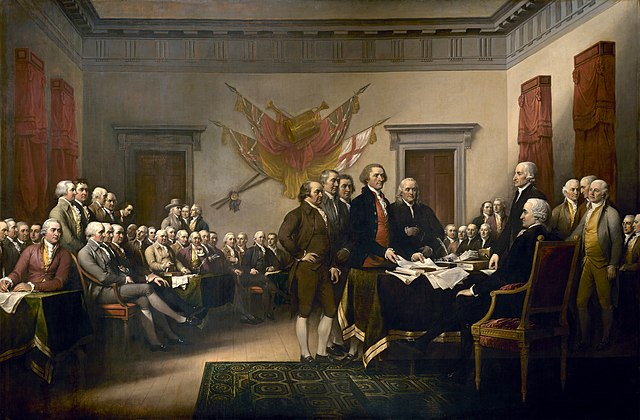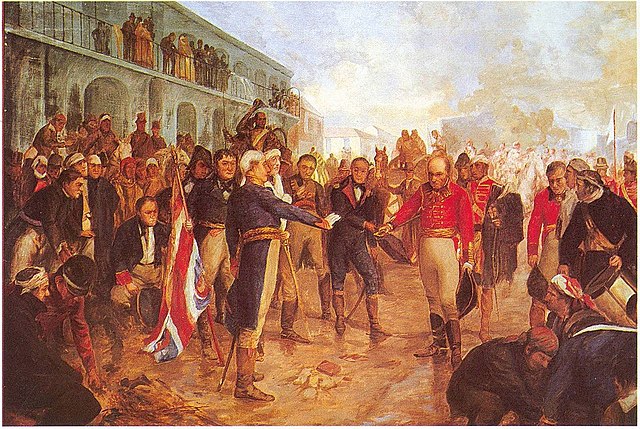Liniers counterrevolution
The Liniers counter-revolution took place in the Spanish Viceroyalty of the Río de la Plata after the May Revolution in 1810. The former viceroy, Santiago de Liniers, led an ill-fated counter-revolutionary attempt from the city of Córdoba, and it was quickly frustrated by the patriotic forces of the newly formed Army of the North. Francisco Ortiz de Ocampo, the leader of the Army of the North, captured the leaders and dispatched them to Buenos Aires as prisoners, but, on the orders of the Primera Junta, they were intercepted and executed before arrival.
Execution of Santiago de Liniers
The May Revolution was a week-long series of events that took place from May 18 to 25, 1810, in Buenos Aires, capital of the Viceroyalty of the Río de la Plata. This Spanish colony included roughly the territories of present-day Argentina, Bolivia, Paraguay, Uruguay, and parts of Brazil. The result was the removal of Viceroy Baltasar Hidalgo de Cisneros and the establishment of a local government, the Primera Junta, on May 25.
The open cabildo on May 22, 1810, by Pedro Subercaseaux, depiction of the May 22 open cabildo
The rule of Joseph Bonaparte as King of Spain was resisted by Spaniards, and cast doubts on the legitimacy of the Spanish viceroys.
The US Declaration of Independence inspired similar movements in the Spanish colonies in South America.
William Carr Beresford surrenders to Santiago de Liniers during the British invasions of the Río de la Plata.





